Despite a ban on Japanese Canadians owning cameras that predated internment by several months, Grandma’s photo album has hundreds of photos from the camps, including photos of fairly banal things like landscapes, flowers, or candid shots of people wandering near a wooden shack. This suggests to me that despite the ban, neither cameras nor film were particularly hard to come by in Popoff camp where Grandma lived, even for a teenage girl. However, the things these photographs imply about camp life are often more interesting than what is literally depicted. For example, several pages in the book are dedicated to pictures of her friends that have been signed and personalized to her. “Dear Hannah: A grand fellow, may we always be friends”, wrote one confident lad on a picture of himself. The stylishness of these photos contradicts their prison camp origins. The girls have their hair done up and their makeup on, while men and women alike are wearing their finest clothes and posed like models. Grandma said that she received these pictures from friends and family members who she wouldn’t often see because they were interred in other camps, which tells us a couple things. First, the uniform beauty of the pictures mixed with their personalized nature implies that people likely had several duplicates of their favourite photo of themselves printed off, which again tells us that cameras and photo development equipment were fairly easy to access in many camps, not just in Popoff. But perhaps more interesting than this is the exchange of photos themselves, because it tells me that the movement of people and information between the Slocan Lake camps was easy and frequent enough that teenagers were able to send or personally deliver these relatively unimportant messages. This becomes a bit less surprising when you consider that there were seven camps on the shore of a lake that’s less than 40 kilometres long, including the largest camp at New Denver, but it stands in contrast to the idea most people imagine when they hear the words “internment camp”.
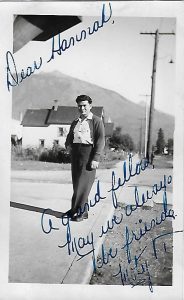
“Dear Hannah. A grand fellow, may we always be friends”
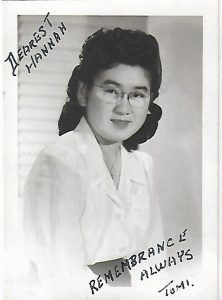
“Remembrance always” appears frequently on these internment trading cards. The back of the photo says it was taken on October 25th 1945. Several months after the end of the war, but likely still in the camp.
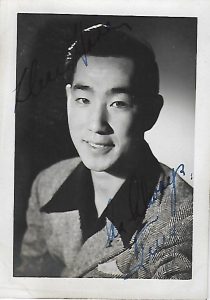
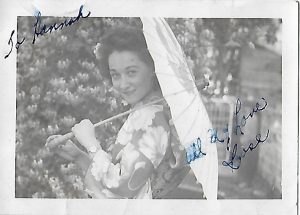
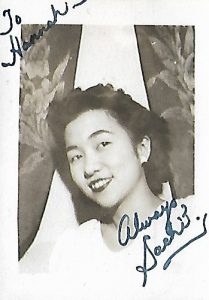
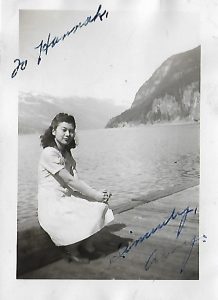
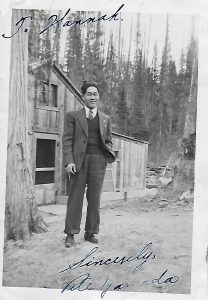

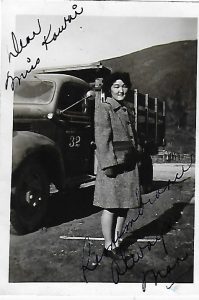
The back of this photo says it was taken in Japan, meaning that the exchange continued even after the end of internment.